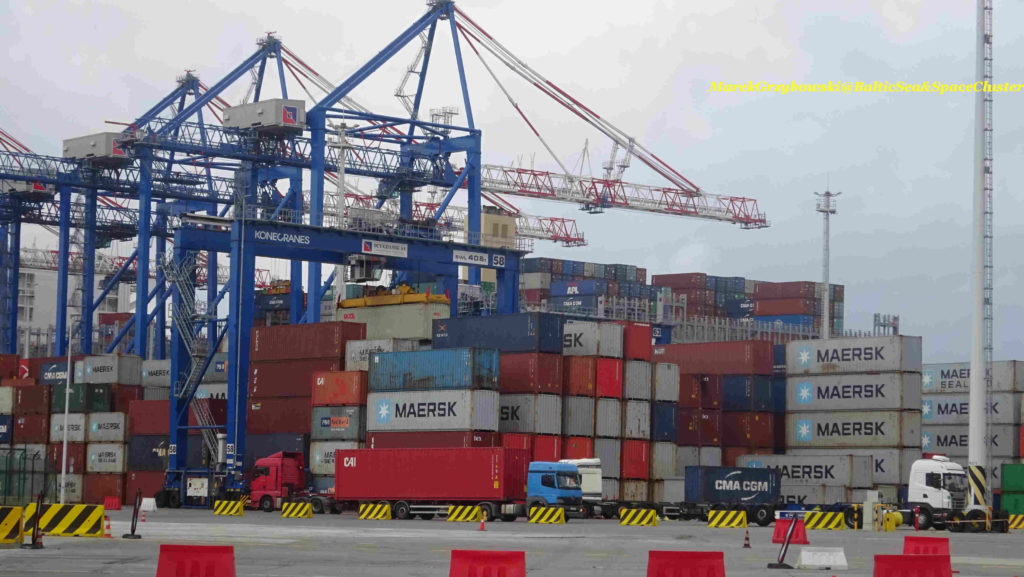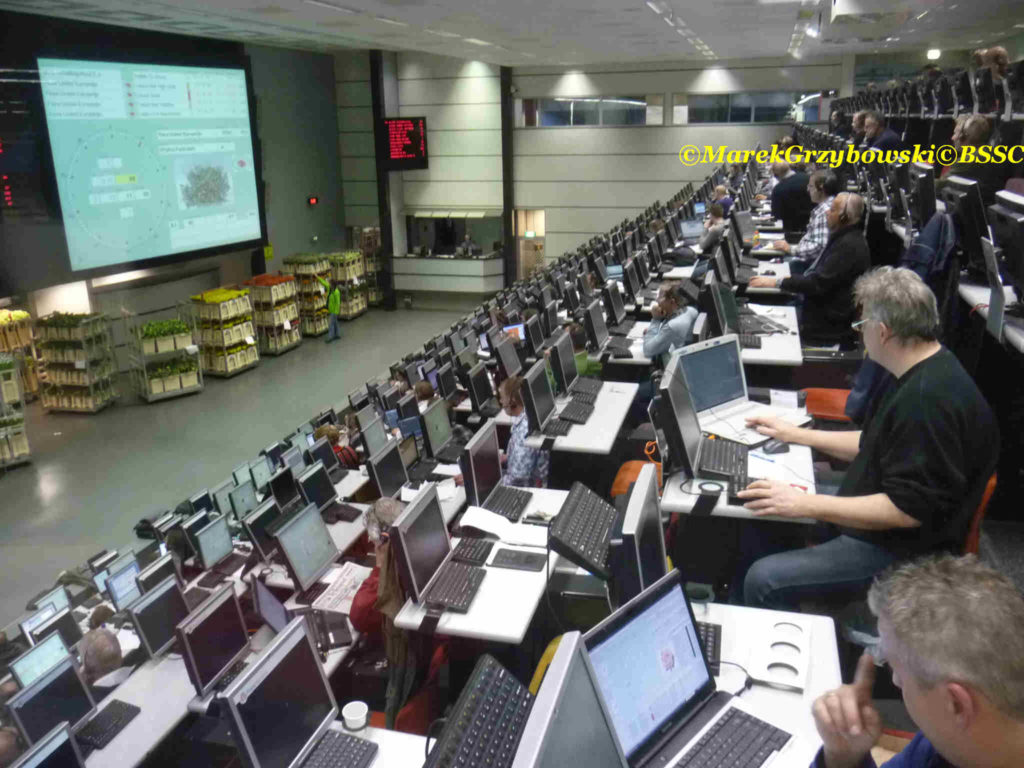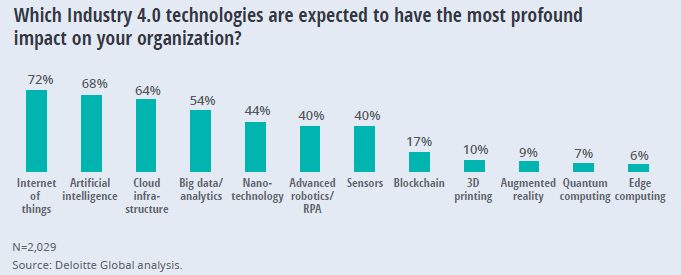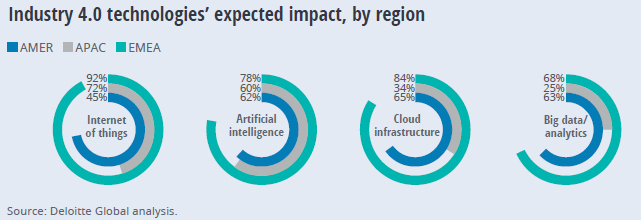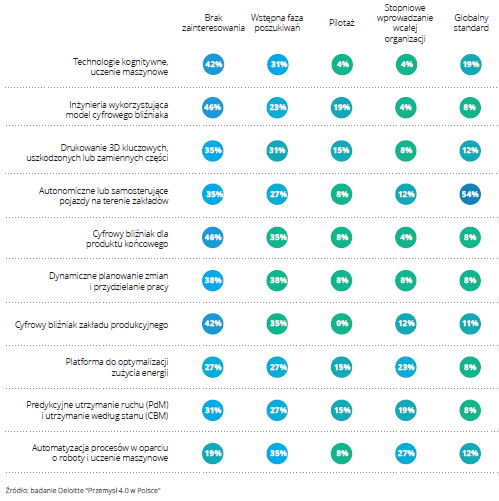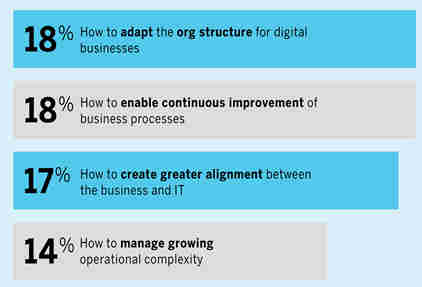What’s next? That is the question everyone is asking. The future is not what we thought it would be only a few short months ago.
In a previous article, we discussed seven broad ideas that we thought would shape the global economy as it struggled to define the next normal. In this one, we set out seven actions that have come up repeatedly in our discussions with business leaders around the world. In each case, we discuss which attitudes or practices businesses should stop, which they should start, and which they should accelerate.
1. From ‘sleeping at the office’ to effective remote working
Stop assuming that the old ways will come back
In fact, this isn’t much of a problem. Most executives we have spoken to have been pleased at how well the sudden increase in remote working has gone. At the same time, there is some nostalgia for the “good old days,” circa January 2020, when it was easy to bump into people at the coffee room. Those days are gone. There is also the risk, however, that companies will rely too much on remote working. In the United States, more than 70 percent of jobs can’t be done offsite. Remote work isn’t a panacea for today’s workplace challenges, such as training, unemployment, and productivity loss.
Start thinking through how to organize work for a distributed workforce
Remote working is about more than giving people a laptop. Some of the rhythms of office life can’t be recreated. But the norms associated with traditional work—for example, that once you left the office, the workday was basically done—are important. As one CEO told us, “It’s not so much working from home; rather, it’s really sleeping at the office.”
For working from home to be sustainable, companies need to help their staff create those boundaries: the kind of interaction that used to take place in the hallway can be taken care of with a quick phone call, not a videoconference. It may also help to set “office hours” for particular groups, share tips on how to track time, and announce that there is no expectation that emails will be answered after a certain hour.
Accelerate best practices around collaboration, flexibility, inclusion, and accountability
Collaboration, flexibility, inclusion, and accountability are things organizations have been thinking about for years, with some progress. But the massive change associated with the coronavirus could and should accelerate changes that foster these values.
Office life is well defined. The conference room is in use, or it isn’t. The boss sits here; the tech people have a burrow down the hall. And there are also useful informal actions. Networks can form spontaneously (albeit these can also comprise closed circuits, keeping people out), and there is on-the-spot accountability when supervisors can keep an eye from across the room. It’s worth trying to build similar informal interactions. TED Conferences, the conference organizer and webcaster, has established virtual spaces so that while people are separate, they aren’t alone. A software company, Zapier, sets up random video pairings so that people who can’t bump into each other in the hallway might nonetheless get to know each other.
There is some evidence that data-based, at-a-distance personnel assessments bear a closer relation to employees’ contributions than do traditional ones, which tend to favor visibility. Transitioning toward such systems could contribute to building a more diverse, more capable, and happier workforce. Remote working, for example, means no commuting, which can make work more accessible for people with disabilities; the flexibility associated with the practice can be particularly helpful for single parents and caregivers. Moreover, remote working means companies can draw on a much wider talent pool.
Remote working means no commuting, which can make work more accessible for people with disabilities; the flexibility can be particularly helpful for single parents and caregivers.
2. From lines and silos to networks and teamwork
3. From just-in-time to just-in-time and just-in-case supply chains
Stop optimizing supply chains based on individual component cost and depending on a single supply source for critical materials
4. From managing for the short term to capitalism for the long term
Stop quarterly earnings estimates
5. From making trade-offs to embedding sustainability
Stop thinking of environmental management as a compliance issue
More: https://www.mckinsey.com
About the authors: Kevin Sneader, the global managing partner of McKinsey, is based in McKinsey’s Hong Kong office; Shubham Singhal, the global leader of the Healthcare Systems & Services Practice, is a senior partner in the Detroit office.


